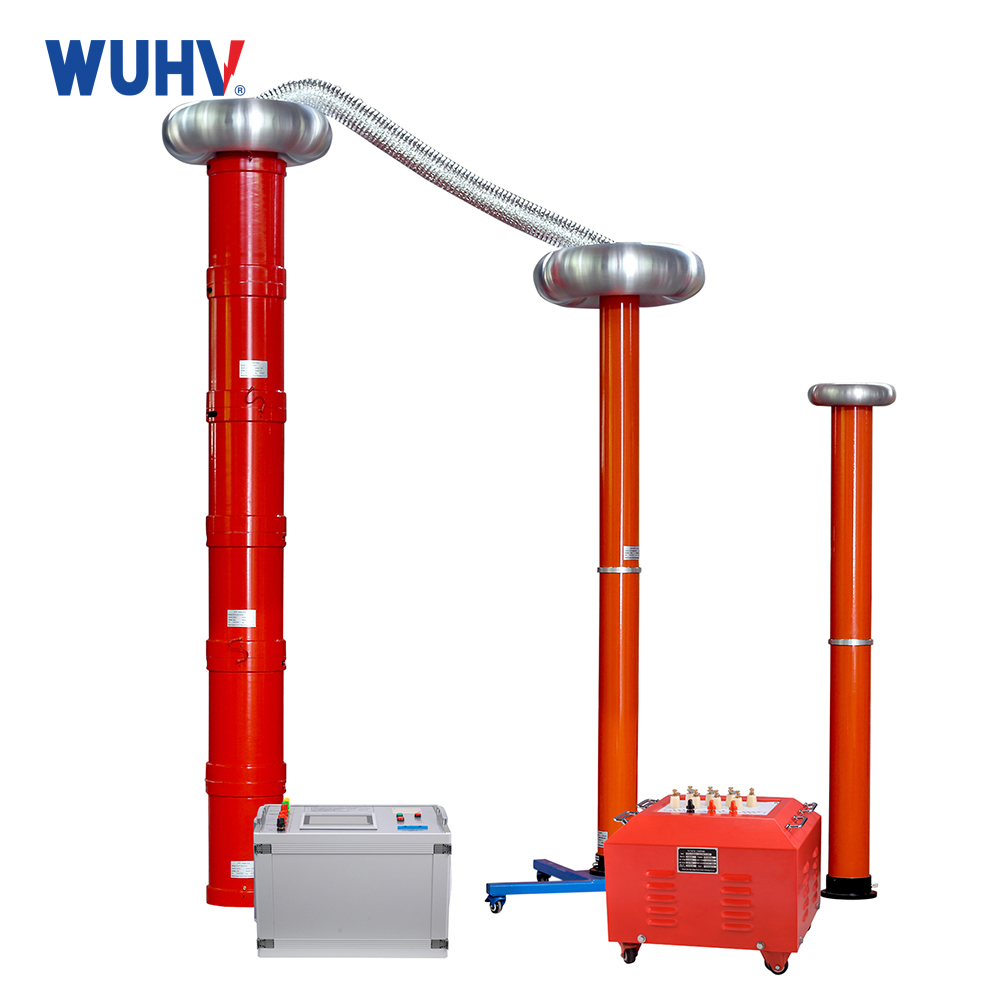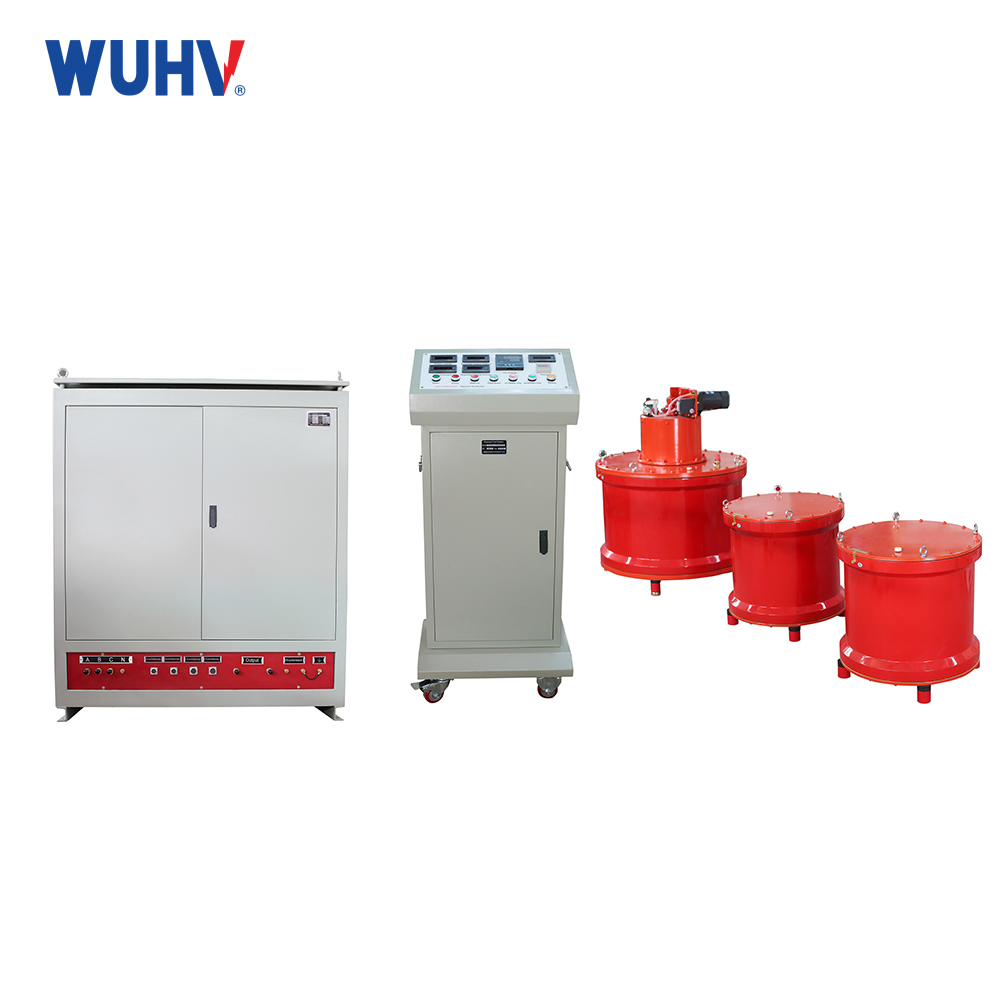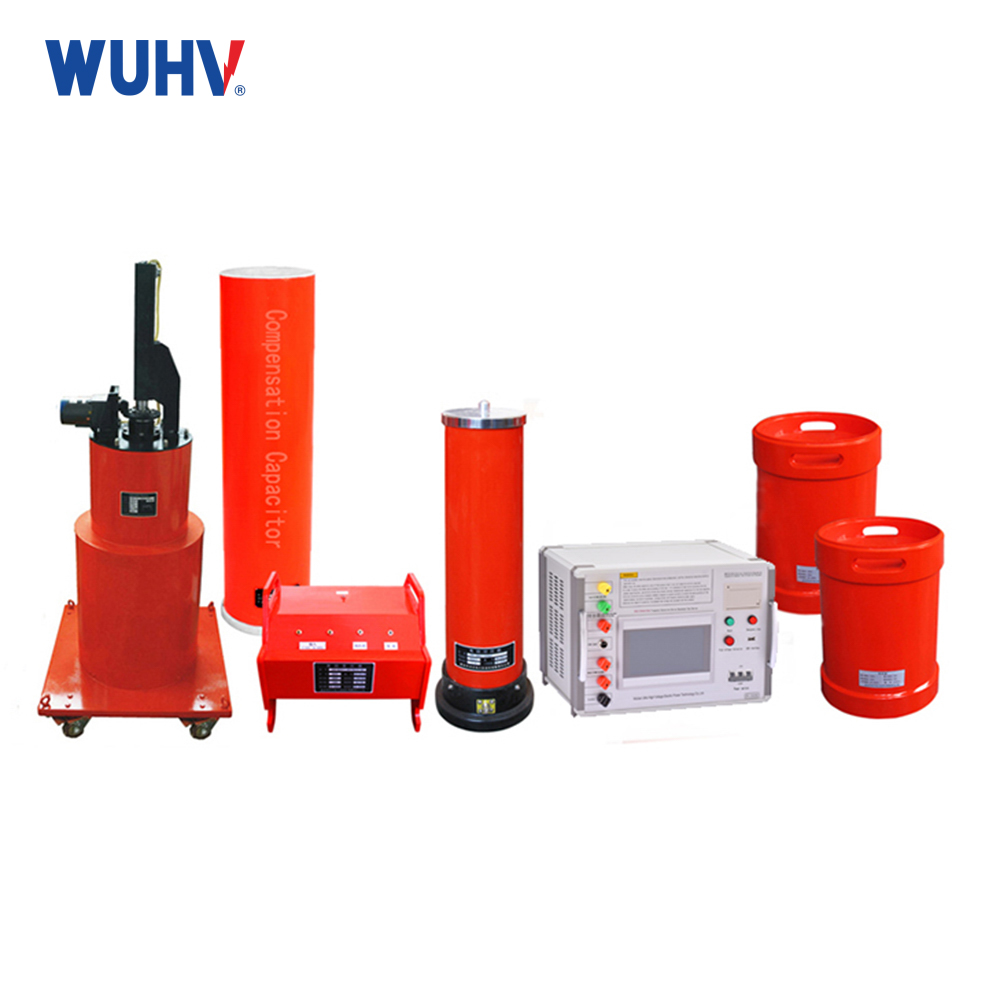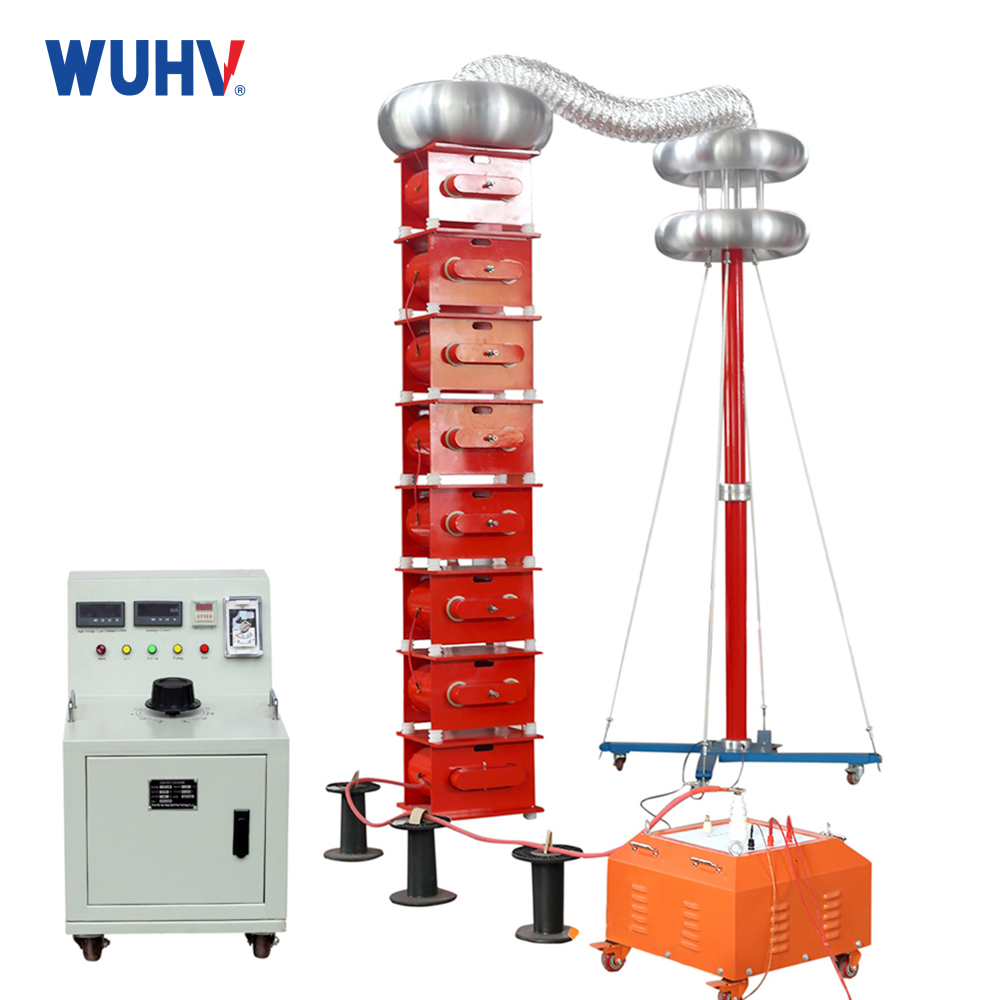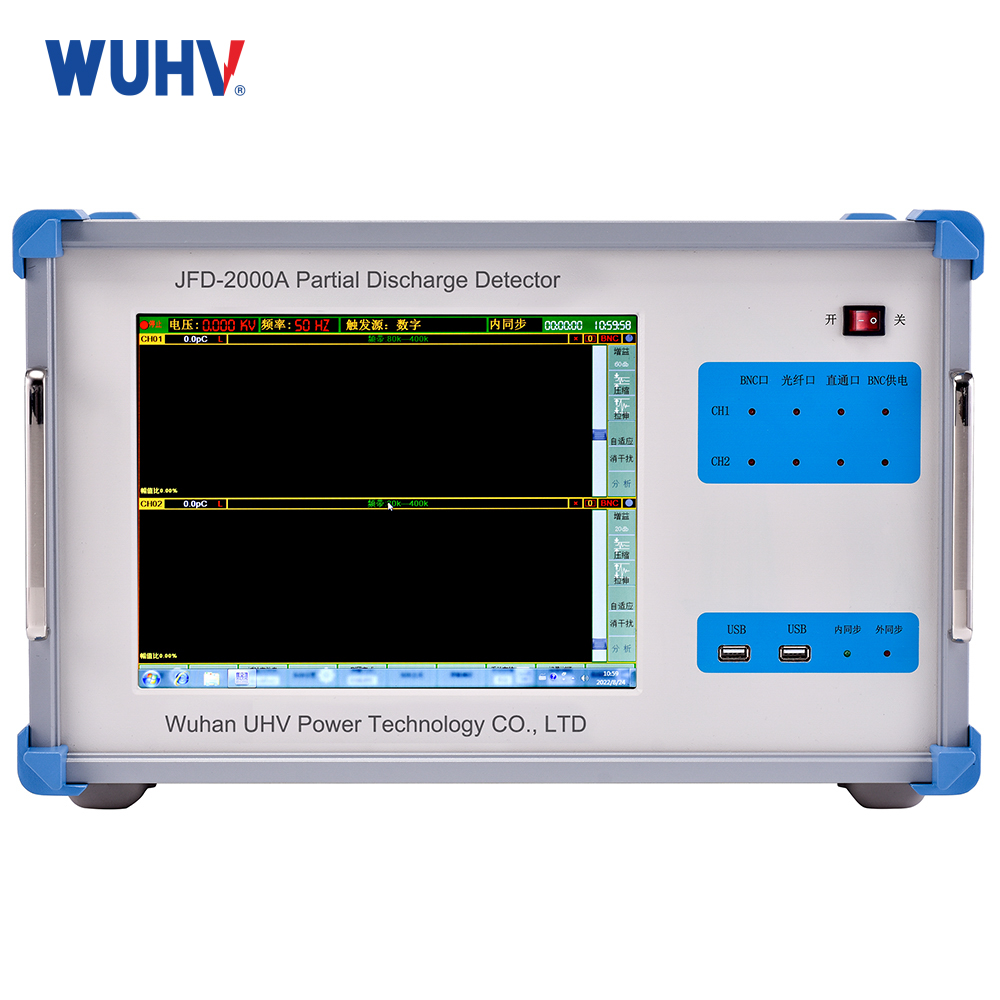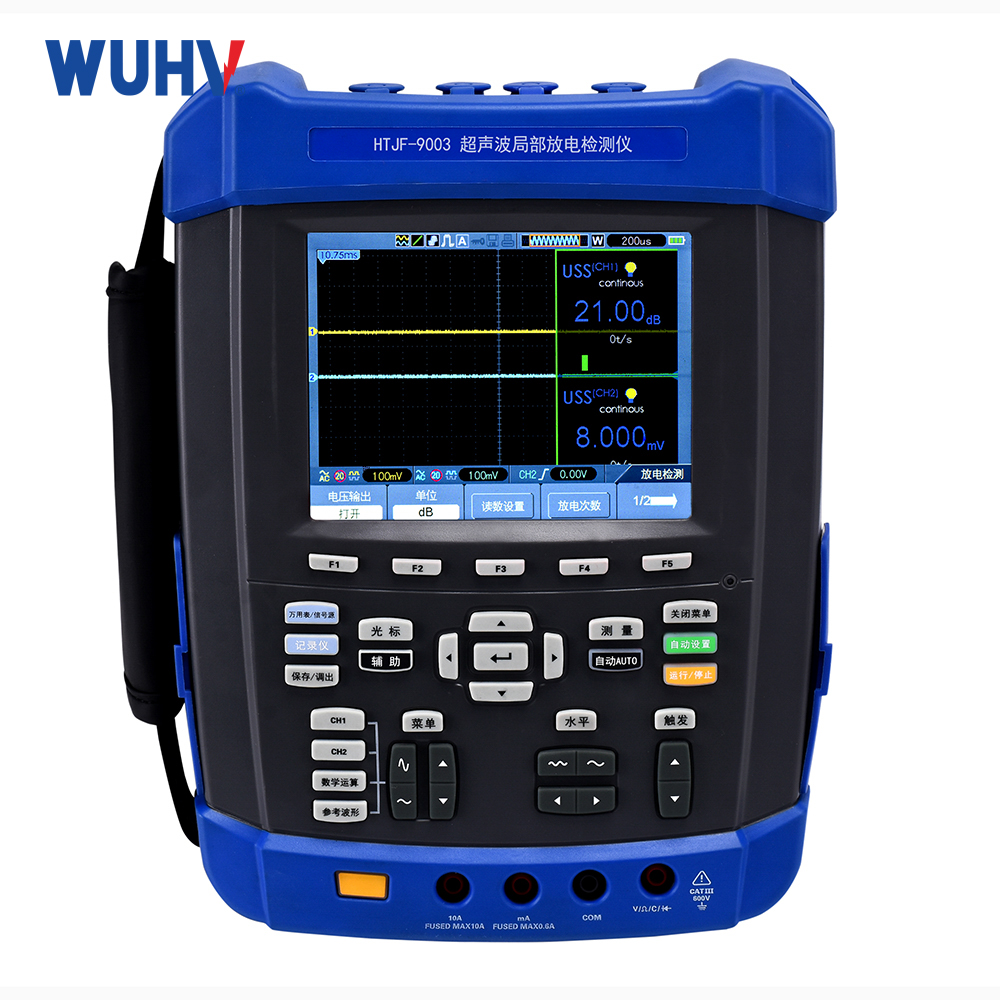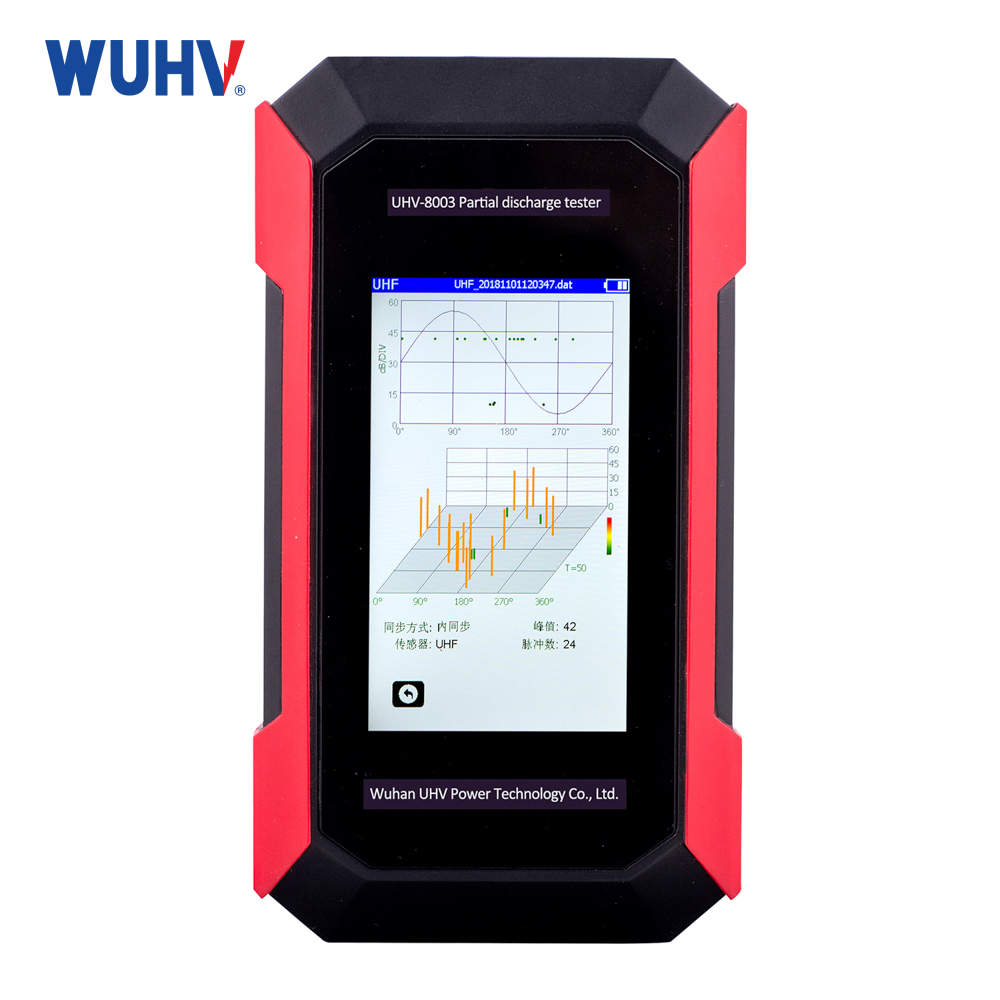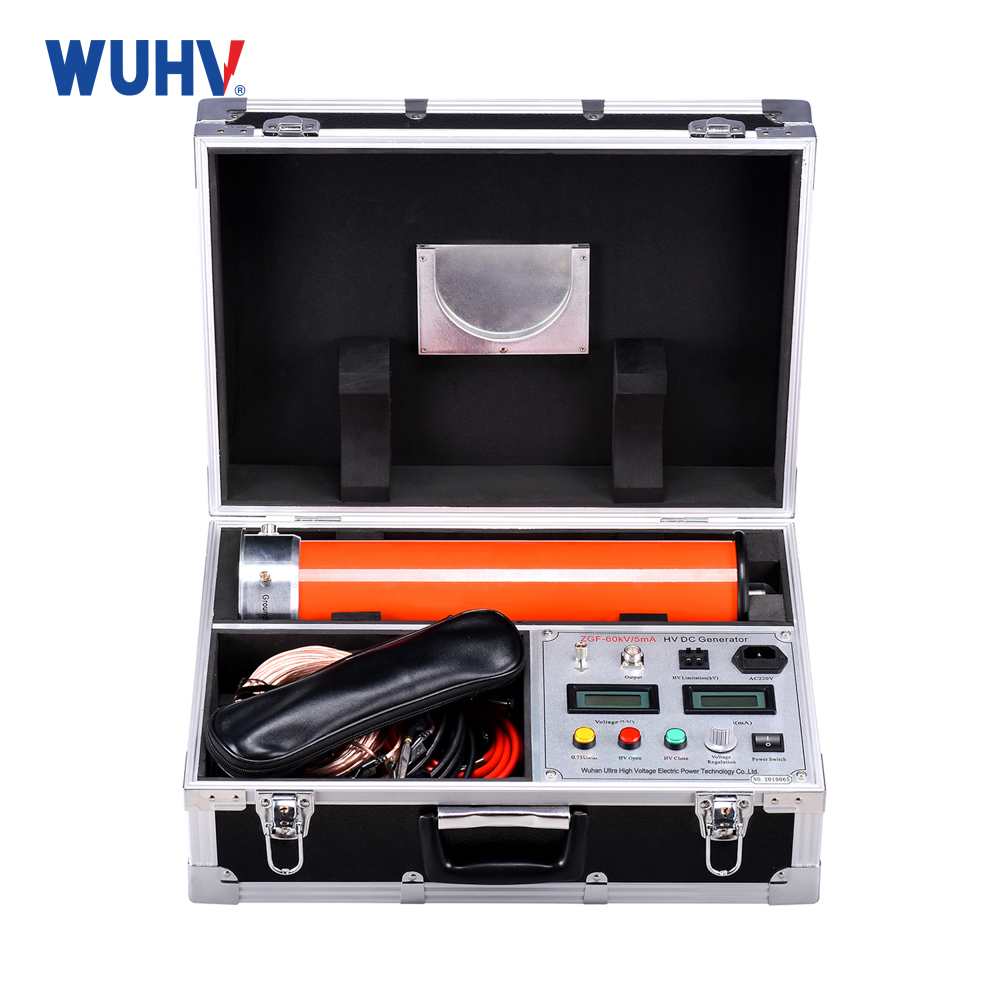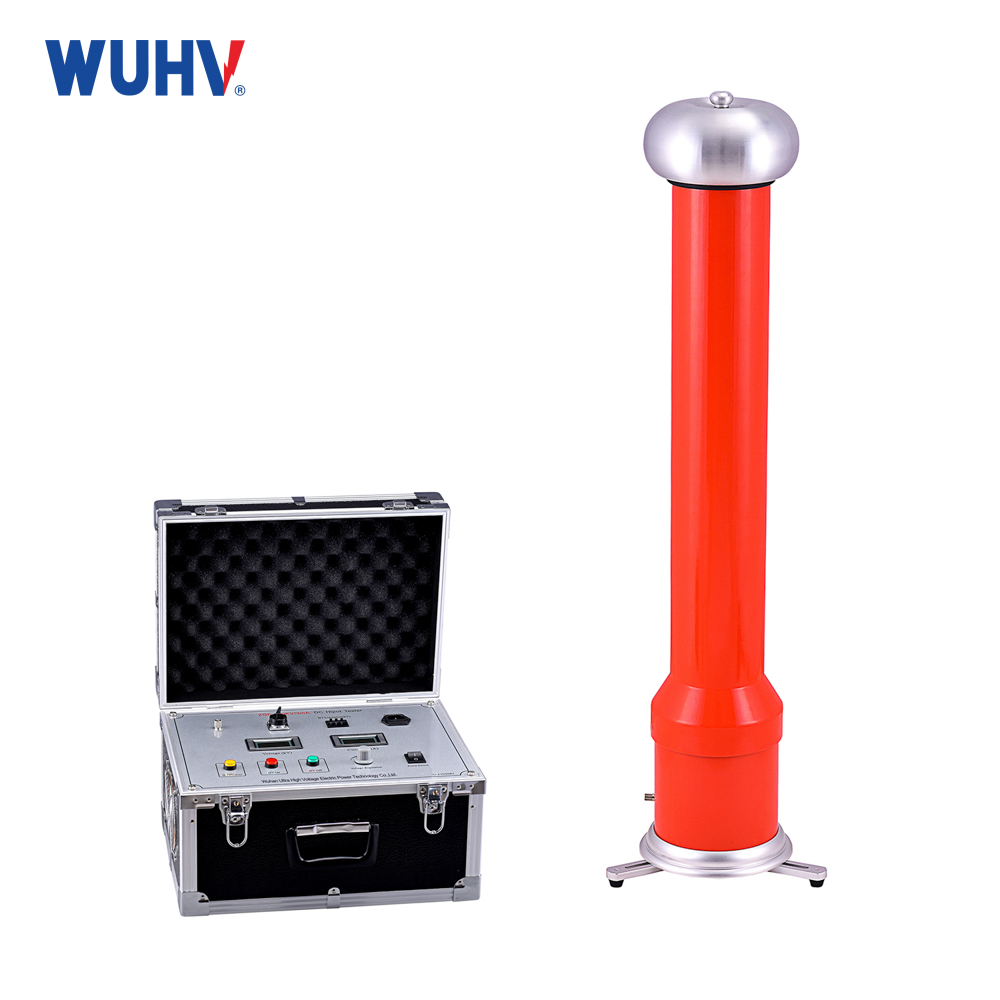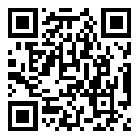In the field of electronics and electrical engineering, whether designing high-frequency circuits, testing semiconductor devices, or maintaining large power distribution systems, engineers often encounter a key concept - series resonance. So, what exactly isseries resonance? What is its principle? Understanding this phenomenon is crucial because it can be cleverly utilized to improve the efficiency of applications such as wireless charging and fiber optic component testing. Improper handling can also cause overvoltage and overcurrent in the power system, leading to equipment damage. For professionals engaged in research and development, testing, or operations, mastering its principles and applications is an essential skill.
1、 Working principle and core conditions of series resonance
To gain a deeper understanding of series resonance, we first need to construct a classic RLC series circuit model: a resistor (R), an inductor (L), and a capacitor (C) are sequentially connected to an AC power source. In this circuit, both inductors and capacitors are energy storage components, but their characteristics are completely opposite: the voltage phase on the inductor leads the current by 90 °, while the voltage phase on the capacitor lags the current by 90 °. This means that at most frequencies, the voltage phases on the inductor and capacitor are opposite and cancel each other out. The core of the principle of series resonance lies in the moment when this "cancellation" reaches perfect equilibrium. When the frequency of the AC power supply is adjusted to a specific value, the inductive reactance (X_L=2 π fL) and capacitive reactance (X_C=1/(2 π fC)) become numerically equal. Due to their opposite phases, their effects completely cancel out, and the total reactance of the entire circuit is zero (X=X_L - X_C=0). At this point, the circuit exhibits pure resistance, with the impedance reaching its minimum value (equal to resistance R), while the current in the circuit reaches its maximum value. This specific frequency is called the resonant frequency (f ₀), and its calculation formula is f ₀=1/(2 π√ LC). This is the secret of series resonance.
2、 The practical application and risk control of series resonance in the field of electronics and electrical engineering
By understanding the principle of series resonance, we can see its double-edged sword effect in various industries.
1) Active utilization: precise energy control
In many situations where efficient energy transfer is required, engineers actively design circuits to operate at the resonance point. For example, in RF communication, laser diode driving, and fiber optic component testing and imaging systems, using series resonance can achieve maximum signal response, improve signal-to-noise ratio, and transmission efficiency. In addition, in the power industry, the series resonant AC withstand voltage test device is widely used to test the insulation performance of large capacitive test samples such as cables and GIS. It can generate high voltage on the test sample, and the power supply only needs to provide a small input voltage, solving the problem of traditional test transformers being bulky and having high capacity requirements. It is one of the best practices for modern distribution system maintenance.
2) Risk prevention: unintentional resonance and its hazards
However, series resonance may also occur unexpectedly. In complex distribution systems, transformers (inductors) and long-distance cables (capacitors) may naturally form a resonant circuit. When the system operates (such as switching capacitor banks) or malfunctions and generates harmonics of a specific frequency, it may trigger series resonance, leading to dangerous overvoltage and overcurrent in the system, burning semiconductor devices, and even explosions. Therefore, when designing the system, it is necessary to perform resonance point calculation and simulation analysis to avoid this risk. In response to these applications and risks, we have summarized several practical techniques and industry best practices: - Accurate Calculation: Before carrying out any design or operation involving LC circuits, it is necessary to first use the formula f ₀=1/(2 π√ LC) to calculate the theoretical resonance point, so as to have a clear understanding. -Simulation first: Using software such as PSPICE and MATLAB for circuit simulation can intuitively observe resonance phenomena, verify calculation results, and avoid the risks caused by direct experiments. -Essential electrical tools: In practical debugging, combining a signal generator and oscilloscope, gradually scanning the frequency and observing the current or voltage waveform is the standard method for accurately finding the circuit resonance point. If you encounter any difficulties in practical operation, please feel free to consult and cooperate with us. Our expert team can provide technical support. In addition to series resonance, parallel resonance is equally important, and quality factor (Q value) and impedance matching are also key semantic concepts that must be mastered when understanding and applying resonance phenomena. The Q value determines the sharpness of the resonance curve, that is, the selectivity of the circuit; Impedance matching ensures the maximum transmission of energy from the source to the load, which is crucial in RF design and efficient energy transfer systems. In summary, series resonance is a physical phenomenon in which a circuit exhibits pure resistance characteristics and reaches maximum current at a specific frequency. The principle stems from the mutual cancellation of reactance between inductance and capacitance. It is both a powerful tool in our hands and a hidden risk. As an electronics and electrical professional, whether it is designing cutting-edge communication equipment or maintaining reliable power networks, a deep understanding and proficient mastery of series resonance are essential steps towards excellence. If you wish to gain a deeper understanding of relevant technologies or encounter specific problems in the project, please contact us for more professional solutions.



